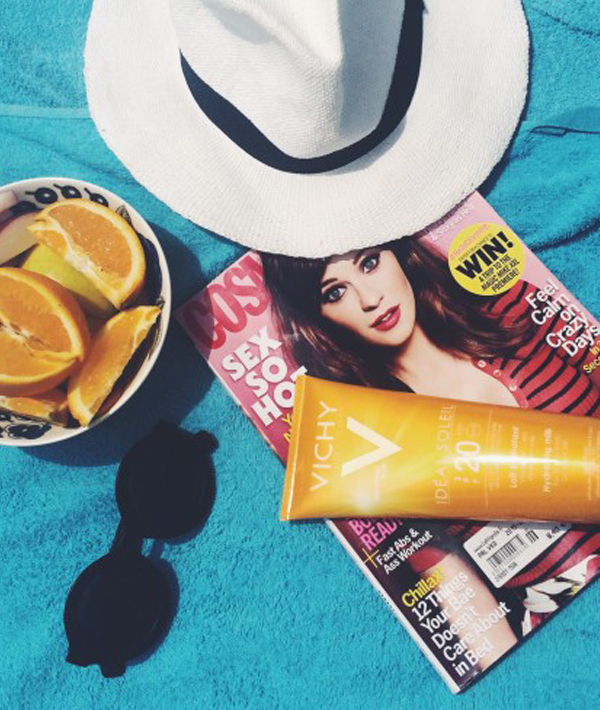
The 411 on UVA and UVB

Ultraviolet A and Ultraviolet B refer to the harmful rays from the sun. Overexposure to either can lead to skin cancer. Here is a breakdown of the two from the American Academy of Dermatology:
• UVA rays (or aging rays) can prematurely age your skin, causing wrinkles and age spots, and can pass through window glass.
• UVB rays (or burning rays) are the primary cause of sunburn and are blocked by window glass.
What is SPF?
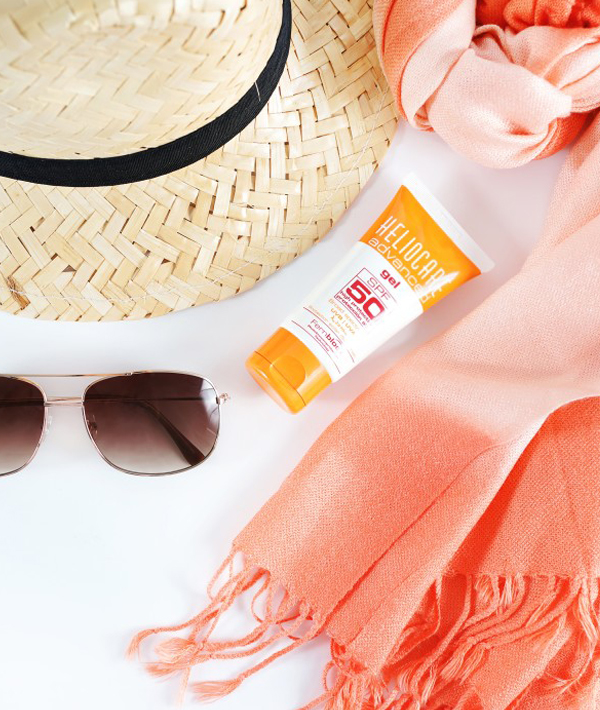
SPF stands for sun protection factor and measures a sunscreen's ability to prevent UVB rays from harming your skin, depending on your skin type. For example, if you start getting a sunburn after five minutes in the sun, a sunscreen with an SPF of 30 would protect you for 150 minutes (30 x 5) before you begin to burn.
‘Broad Spectrum’ is not a movie genre
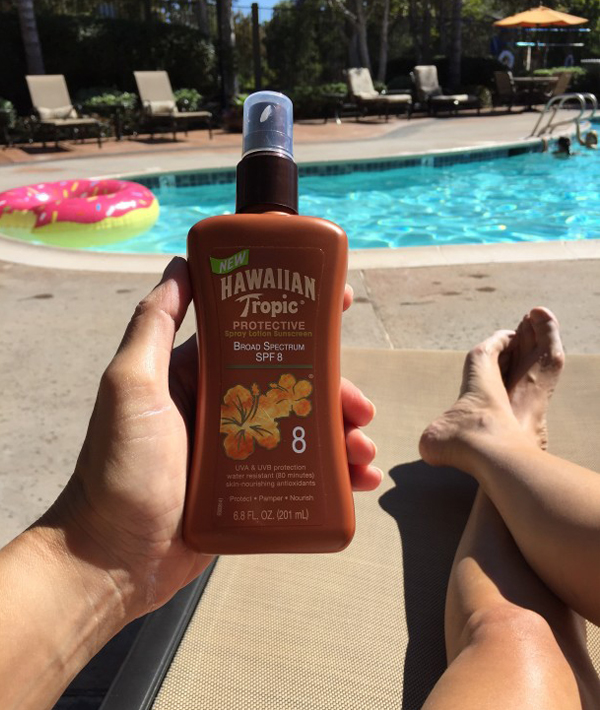
You'll want to look for sunscreens that are labeled "Broad Spectrum," but what does it mean? Simply put, it means that the sunscreen protects against both UVB and UVA rays and helps prevent skin cancer and sunburn.
Thirty is the magic number

A sunscreen with an SPF of at least 30 will block 97 percent of the sun's UVB rays and is recommended by dermatologists. Although higher number SPFs will give you more coverage, it's important to remember that no sunscreen can block 100 percent of the sun's harmful UVB rays.
Sunscreen should be your BFF
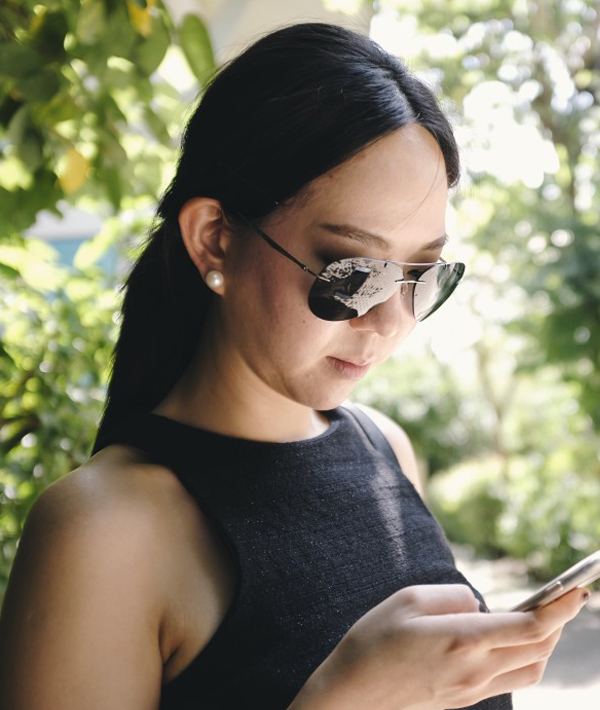
It's important to remember to apply sunscreen every time you go outside. The sun emits harmful rays year round, even on cloudy days. Being in the shade will not provide total protection, as reflected light can still harm your skin.
Sunscreens, like fruit, expire
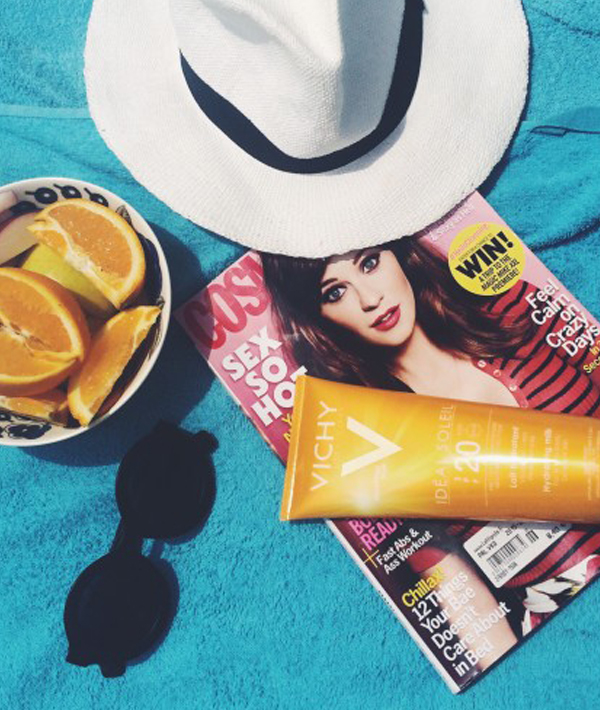
FDA guidelines state that all sunscreens must retain their original strength for at least three years. If your sunscreen has an expiration date, adhere to it. If it doesn't, write the purchase date on the bottle yourself so you'll know when to discard it. Also, any changes to color or consistency may signal that your product is past its prime.
Sunscreen in your makeup doesn’t cut it
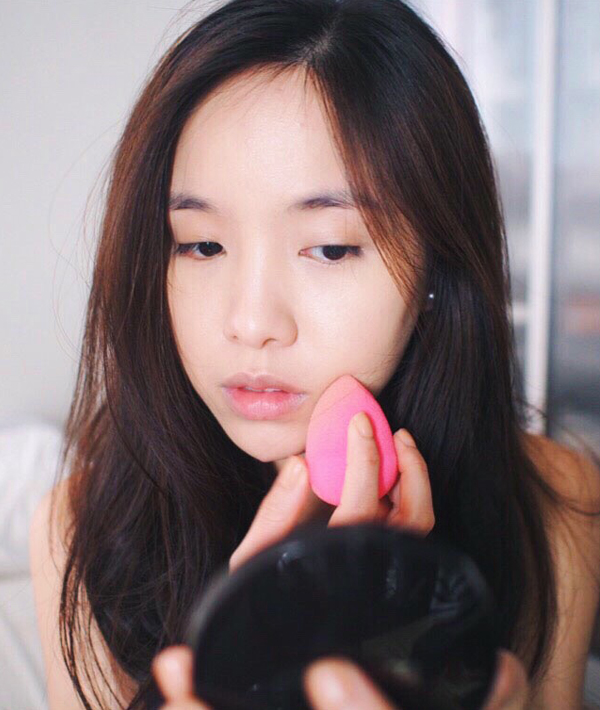
While a foundation/sunscreen is convenient, experts say that it doesn't provide the protection you need. At issue is the quantity—the amount of foundation you use isn't the same amount of sunscreen that you would need to apply to your face. Best to apply a sunscreen underneath your makeup, or slather on a moisturizer with an SPF.
Once is not enough
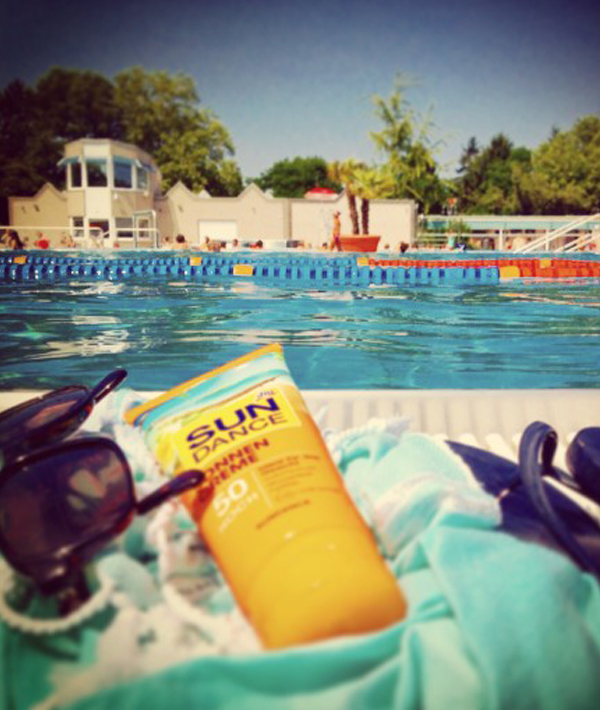
Most people apply sunscreen before they head outside and think they're done for the day. Not true, say experts, who advise reapplication every two hours or even more frequently if you're doing a lot of swimming or sweating.
Waterproof doesn’t mean waterproof

Guess what? Turns out there is no such thing as "waterproof sunscreen," and manufacturers are now banned from using those words as the FDA has determined the labeling to be misleading. However, they can claim to be "water resistant" (effective for up to 40 minutes in water) or" very water resistant" (effective for up to 80 minutes in water). But the mantra is still "Reapply, reapply, reapply."
Less is not more
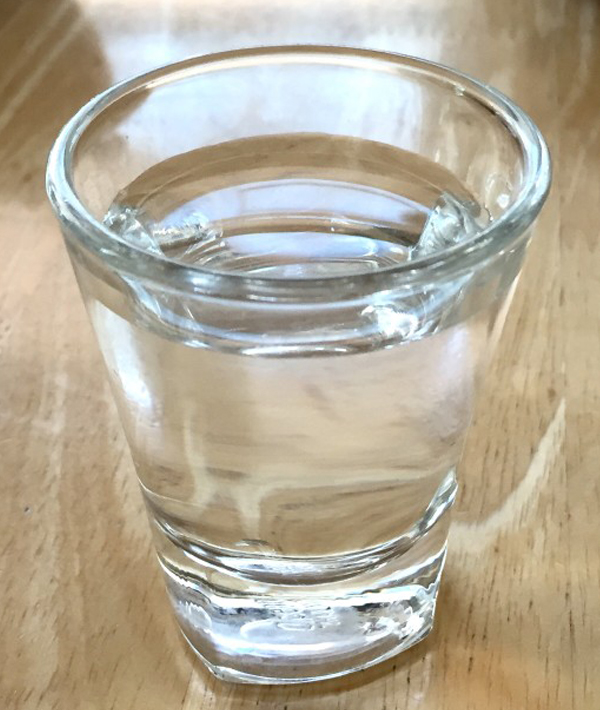
Don't skimp! Many sunburns occur after sunscreen is applied too sparsely and on too few areas. Dermatologists consider "1 ounce, enough to fill a shot glass," the amount needed to cover the exposed areas of the body. Might want to empty out the tequila first.
You don’t need Tinder to find your match
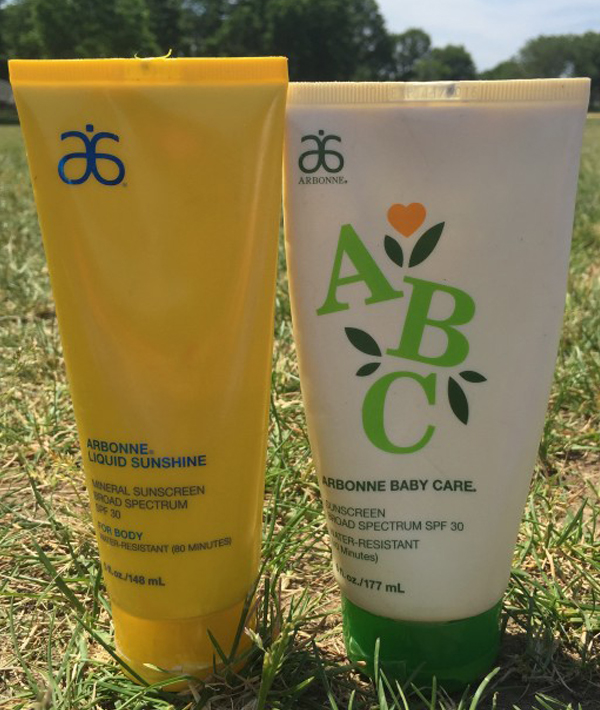
No need to swipe right to find your perfect sunscreen match. The American Academy of Dermatology suggests creams for dry skin and the face, gels for hairy areas like the scalp, sticks for areas around the eyes and other delicate body parts. And while sprays are convenient and preferred by parents, take precautions to not inhale these products—and never use near heat or open flame.
Sunscreens are safe

While there have been claims that ingredients in sunscreens are toxic and a health hazard, scientific evidence still supports using sunscreen, saying that using these products to prevent skin cancer and sunburn far outweigh the perceived risks.
It will limit your Vitamin D intake
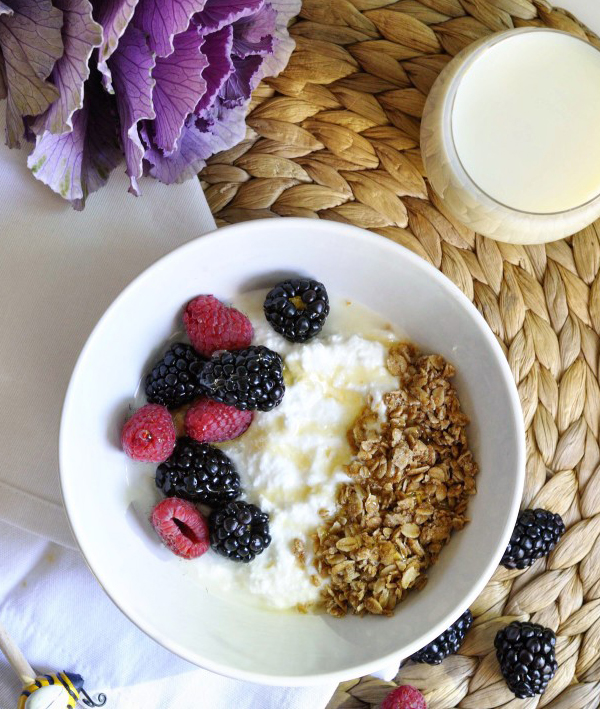
Although it's true that sunscreen may decrease your skin's production of vitamin D, doctors warn against getting this vital nutrient from sun exposure. Instead, they recommend a diet rich in vitamin D foods like fortified milk, cheeses and yogurt, fortified cereal, and oily fish like salmon and tuna, and/or vitamin supplements.
Someone is watching
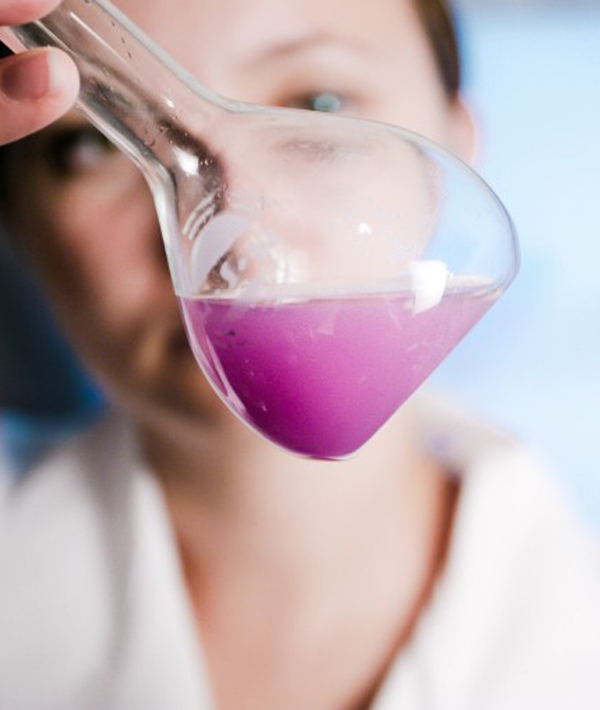
The FDA has your (hopefully un-sunburned) back. The federal agency regulates sunscreen products as over-the-counter drugs and has safety, effectiveness and ingredient regulations in place to protect and inform the consumer. You can see their guidelines here.
Spray it, don’t inhale it
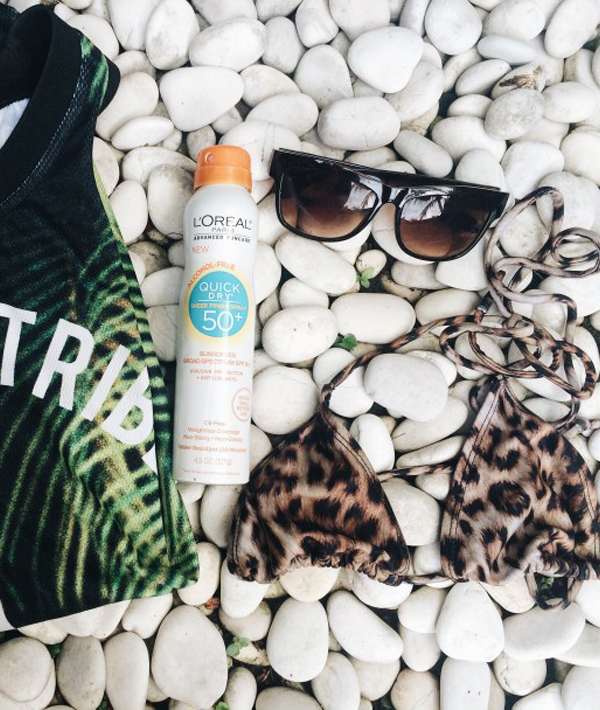
Spray sunscreens are the overwhelming popular choice these days, but take precautions when using these products. Be careful not to breathe in the spray. Experts advise spraying the sunscreen into your hands and then applying it to avoid inhaling and also to ensure adequate coverage. Also, many of the FDA guidelines don't apply to spray sunscreen, so do your homework.
It’s not Captain America’s shield
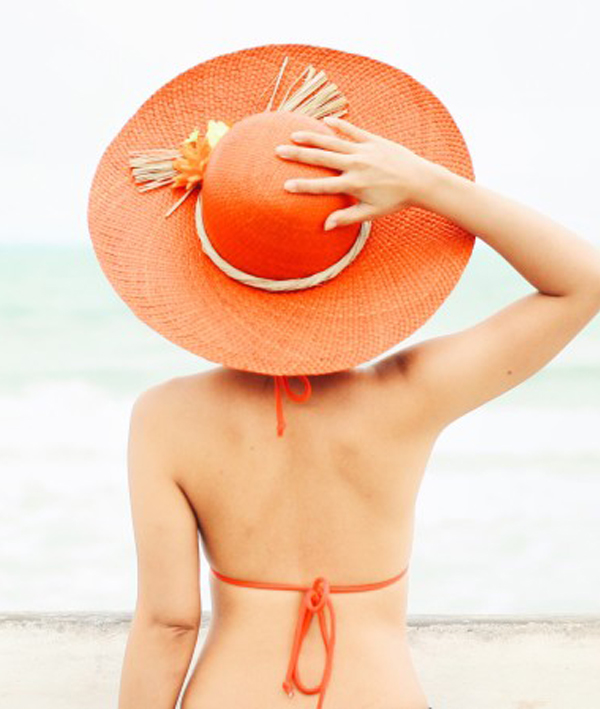
Remember: No sunscreen will block out 100 percent of the sun's harmful UVB rays, and you shouldn't rely on it for total protection. Make smart sun choices, like staying in the shade, wearing hats and protective clothing and eyewear, and avoiding the sun during peak hours to lessen your chances of damaging your skin.




